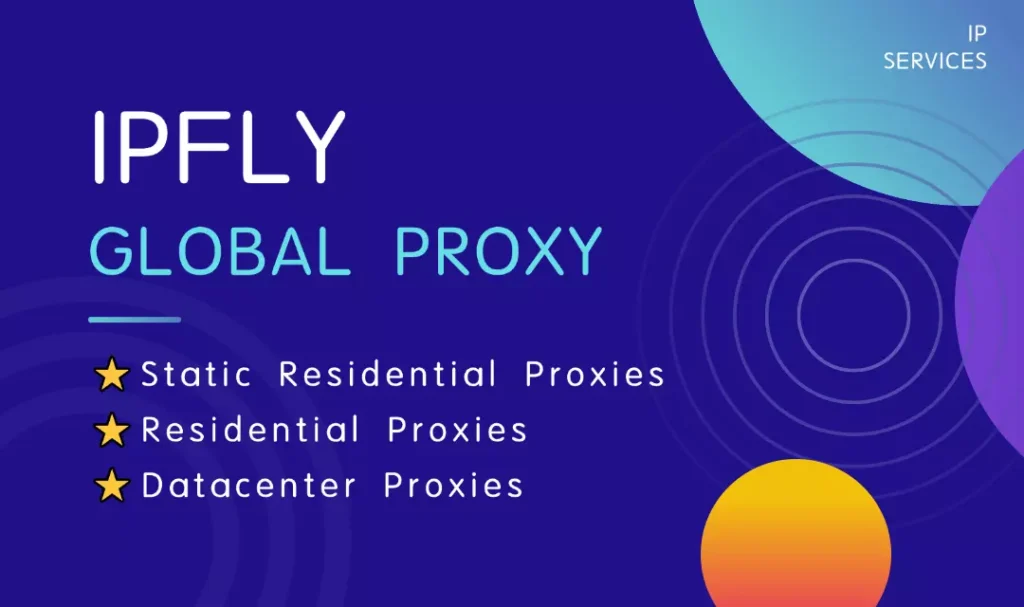X1337 alternate refers to alternative access methods and proxy solutions for the 1337x torrent platform, a decentralized system that facilitates peer-to-peer (P2P) file sharing through magnet links and torrent files. This concept embodies the principles of network resilience, where users navigate restrictions by rerouting connections, much like how biological organisms adapt to environmental barriers through alternative pathways in metabolic networks. In the digital realm, torrent sites like 1337x operate on the BitTorrent protocol, which breaks files into small, verifiable pieces distributed across a swarm of users, optimizing bandwidth and reducing reliance on central servers. This distributed architecture draws from graph theory, where peers form a connected graph, and data flows along edges with minimal latency.
From a scientific perspective, the need for x1337 alternate arises from domain seizures and ISP blocks, prompting the use of mirrors—replicated sites—and proxies that mask user identities. These mechanisms illustrate adaptive computing, where algorithms dynamically resolve access issues in real-time. As torrent ecosystems evolve in 2025, understanding x1337 alternate not only highlights technological ingenuity but also underscores ethical data sharing practices. This tutorial article examines the foundational science, operational mechanics, and practical strategies, providing structured guidance to explore these systems knowledgeably.

The Fundamentals of Torrent Protocols and the Role of Alternates
To comprehend x1337 alternate, one must first grasp the BitTorrent protocol, a cornerstone of P2P networking developed to address inefficiencies in traditional downloads. Scientifically, BitTorrent employs cryptographic hashing—using algorithms like SHA-1—to verify file integrity, ensuring each piece matches its digital fingerprint, akin to DNA sequencing in biology for error detection. Platforms like 1337x serve as indexes, aggregating metadata without hosting content, which enhances scalability but invites regulatory scrutiny.
Alternates, such as proxy sites, emerge as solutions when primary domains are inaccessible. These function by intercepting requests and forwarding them through intermediary servers, leveraging the principles of packet routing in the TCP/IP model. Mirrors replicate the site’s database on new domains, maintaining functionality through synchronized updates. This redundancy mirrors fault-tolerant systems in engineering, where backup nodes activate upon primary failure, ensuring 99% uptime in resilient networks. In 2025, with advanced encryption like WireGuard integrated into some access tools, x1337 alternate strategies bolster security against interception, applying asymmetric cryptography to protect user sessions.
How X1337 Alternate Mechanisms Operate: A Step-by-Step Breakdown
The functionality of x1337 alternate can be dissected through a systematic process, illustrating core elements of network communication and data resilience. Consider this as a laboratory dissection, where we isolate components to observe their interactions.
1.Domain Resolution and Redirection: When accessing a blocked 1337x domain, alternates use DNS proxies to resolve to mirror IPs, bypassing filters. This step draws on hierarchical naming systems, where recursive queries fetch alternative addresses.
2.Proxy Intermediation: A proxy server receives the user’s request, substitutes its own IP, and forwards it to the mirror. This encapsulation, rooted in tunneling protocols, minimizes exposure, with latency typically under 100 milliseconds in optimized setups.
3.Content Indexing and Retrieval: The alternate site queries its database for torrent metadata, returning magnet links that initiate P2P swarms. Hash verification ensures data authenticity, preventing tampering.
4.Swarm Participation: Users join the swarm, downloading pieces from multiple peers while seeding back, exemplifying cooperative algorithms where upload/download ratios incentivize participation.
5.Session Closure and Logging: Upon completion, connections terminate gracefully, with optional logs for performance analysis, quantifying metrics like throughput in megabits per second.
This mechanism highlights the protocol’s efficiency: a single torrent can distribute gigabytes of data without proportional server load, leveraging collective bandwidth.
Practical Applications: From Data Archiving to Educational Resource Sharing
X1337 alternate strategies extend beyond mere access, finding utility in various scientific and practical domains. In data archiving, they enable the preservation of large datasets, such as open-source software or public domain media, distributing storage across global peers to reduce centralization risks. This aligns with distributed ledger principles, ensuring data availability even under censorship.
Educationally, alternates facilitate sharing of academic resources like lecture videos or research papers, applying P2P for cost-effective dissemination in bandwidth-limited regions. In computational science, they support model training by sourcing diverse datasets, with swarm dynamics optimizing for speed through parallel downloads. However, users must prioritize legal content to align with intellectual property ethics.
To apply these concepts, consider this tutorial on configuring access via proxies, treated as a controlled experiment in network simulation. Always verify legality and use antivirus scans for safety.
Tutorial 1: Basic Proxy Setup for Browser Access For quick exploration:
1.Identify a reliable proxy method through general network tools.
2.Configure your browser’s network settings to use a SOCKS5 proxy, entering server details like IP and port.
3.Test connectivity by attempting to load an alternate domain, monitoring for resolution.
4.Search for content and download magnet links, observing swarm health via client metrics.
This demonstrates IP masking, reducing geoblocking incidents.
Tutorial 2: Advanced Client Integration for Torrent Management For comprehensive use:
1.Install an open-source torrent client and enable proxy support in settings.
2.Input alternate proxy credentials, selecting protocols like HTTP or SOCKS5.
3.Load a magnet link from an x1337 alternate site and monitor piece distribution.
4.Adjust ratios and speeds, quantifying efficiency with built-in graphs.
Code-like configuration example in a client script:
text
Proxy Type: SOCKS5 Host: proxy-ip Port: 1080 Authentication: Enabled (username/password)This tutorial illustrates seamless integration, enhancing download resilience.
Tutorial 3: Ethical Data Verification and Archiving For responsible practice:
1.Verify torrent hashes against known sources to confirm integrity.
2.Archive downloaded files in structured directories, labeling with metadata.
3.Seed selectively to contribute, balancing upload limits to avoid network strain.
4.Analyze performance logs, applying statistical tools to measure average speeds.
These steps foster scientific rigor in data handling.
Enhancing Resilience: The Role of IPFLY in X1337 Alternate Strategies
When implementing x1337 alternate access, robust proxy solutions are key to maintaining connectivity. IPFLY, with its global network of residential proxies, offers seamless integration for x1337 alternate setups, providing dynamic IPs that evade common blocks while supporting high-speed torrent indexing.
Whether you’re doing cross-border e-commerce testing, overseas social media ops, or anti-block data scraping—first pick the right proxy service on IPFLY.net, then join the IPFLY Telegram community! Industry pros share real strategies to fix “proxy inefficiency” issues!

Ethical and Future Considerations in P2P Networking
While x1337 alternate empowers information flow, ethical use demands respect for copyrights, focusing on public domain materials. Future advancements may incorporate AI-driven swarms for smarter peer selection, drawing from machine learning to optimize global distribution.
In conclusion, x1337 alternate encapsulates the innovative spirit of network science, offering pathways to resilient data sharing. Through these tutorials, individuals can navigate its complexities thoughtfully, advancing knowledge in an interconnected era.


